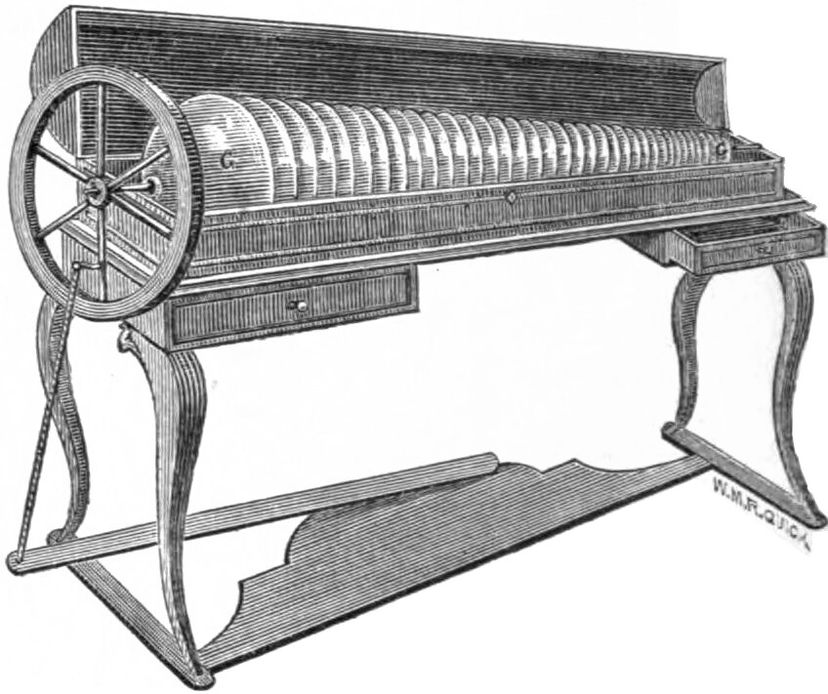
The glass armonica, also known as the glass harmonica, is a unique musical instrument that was invented by the multi-talented Benjamin Franklin in 1761. Inspired by a concert he attended in London where a musician played a set of water-tuned wine glasses, Franklin sought to create a more advanced version of this instrument. The glass armonica quickly gained popularity in the 18th century and was even used by renowned composers like Mozart and Beethoven. However, despite its initial success, the glass armonica faced controversy and eventually fell out of favor. In this article, we will explore the fascinating history, construction, playing techniques, and controversies surrounding the glass armonica.
Advertisement